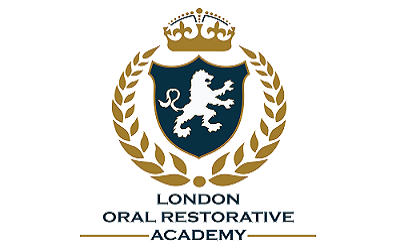Day :
- Track 1: Periodontology Track 2: Cosmetic Dentistry Track 3: Scaling and Root Planing Track 4: Dental Implants

Chair
James L. Ratcliff
President and CEO Rowpar Pharmaceuticals, USA

Co-Chair
Klenise Paranhos
New York University School of Dentistry, USA
Session Introduction
Klenise Paranhos
New York University School of Dentistry, USA
Title: The effect of collar designs and developments over the years on soft tissue and bone level

Biography:
Abstract:
Cumhur Sipahi
Gulhane Military Medical Academy, Ankara, Turkey
Title: Benefits of three innovative direct attachment incorporation methods in order to prevent or minimize metal housing debonding
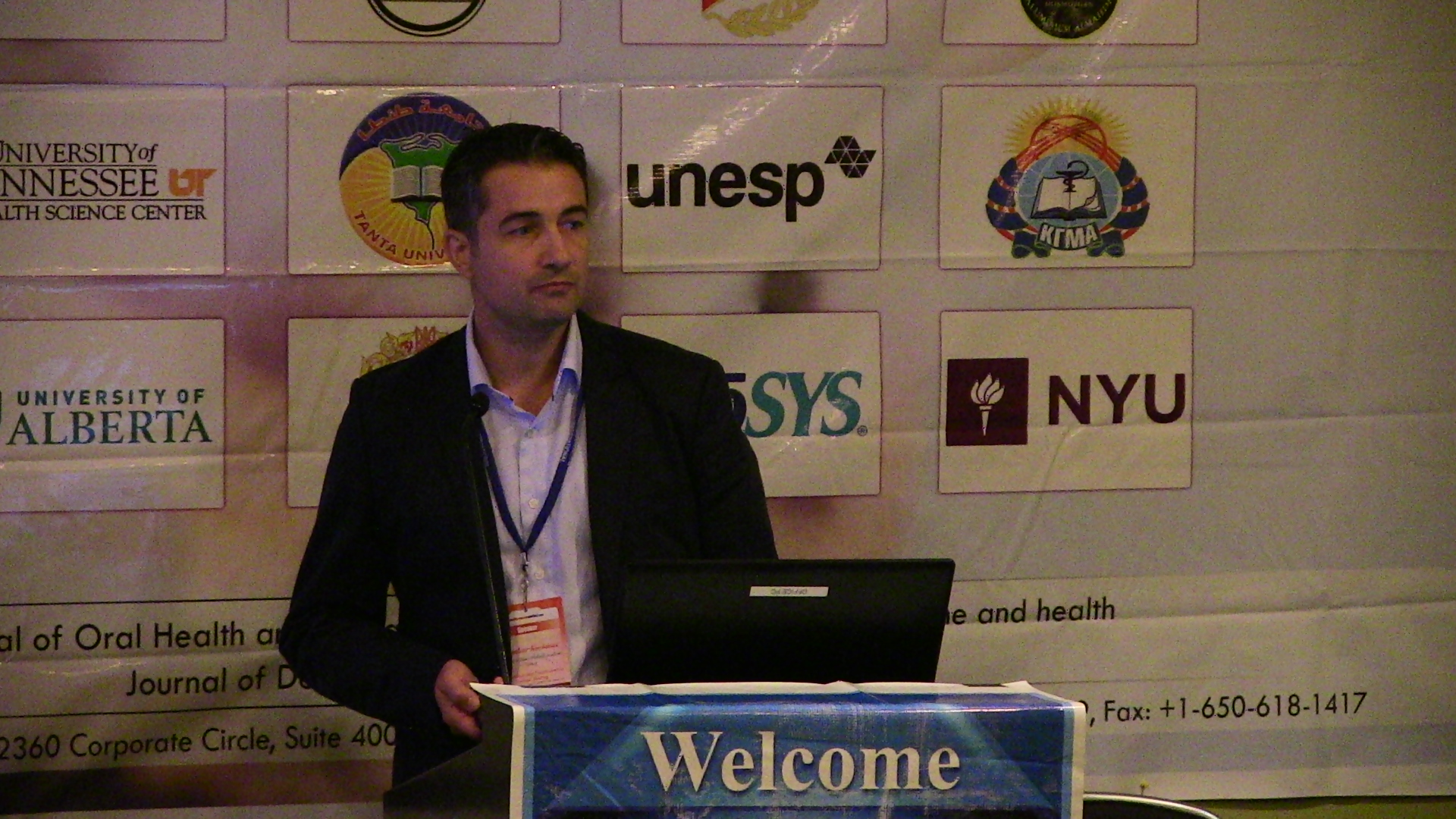
Biography:
Abstract:
Cumhur Korkmaz
Gulhane military medical academy, Turkey
Title: Marginal fit comparison of hip (hot isotatic pressed) zirconia copings fabricated with three different marginal finish lines
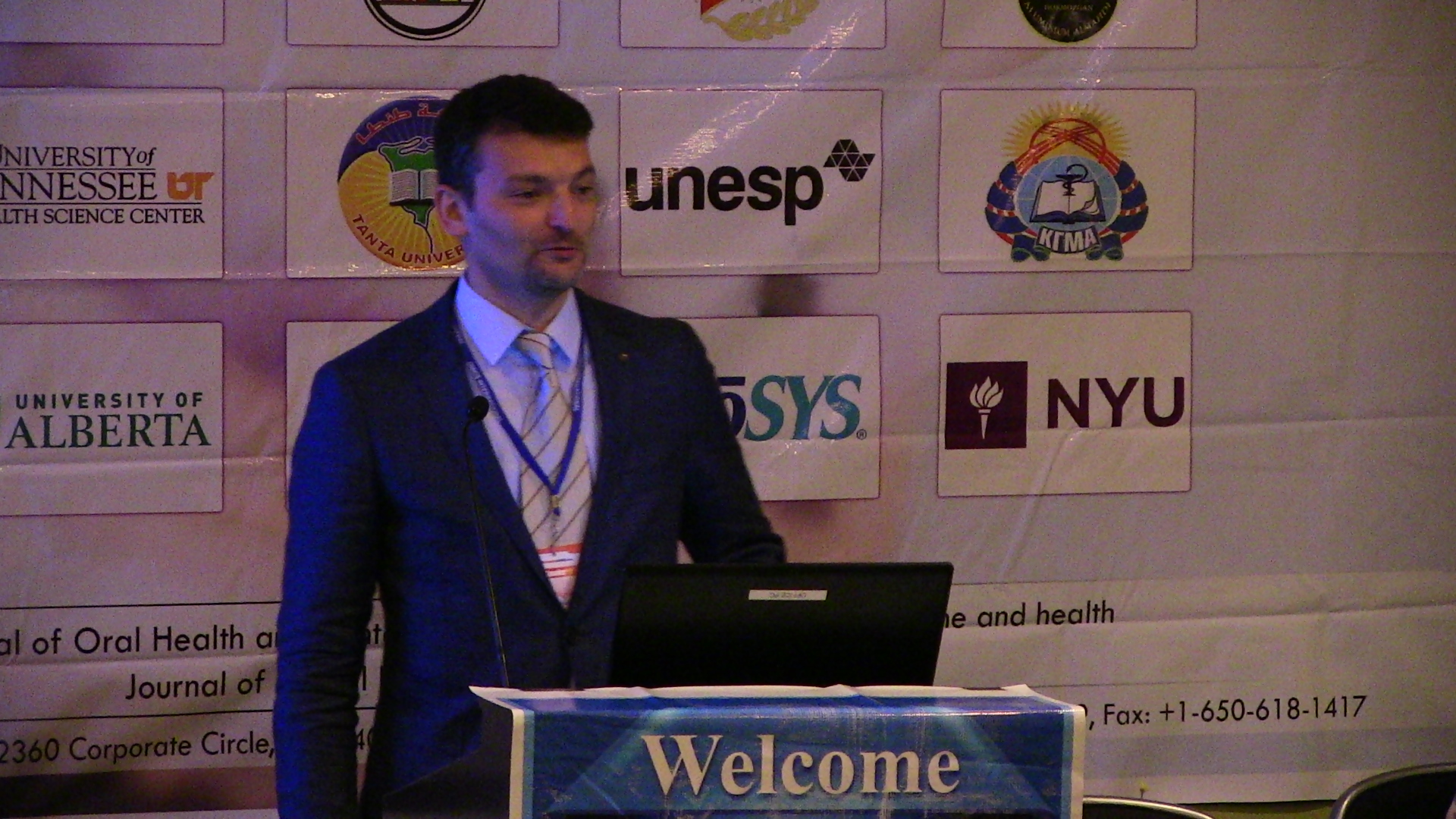
Biography:
Abstract:
Seyed Hadi Sajjadi
Hormozgan Aluminum Corporation, Iran
Title: Effects of three types of digital camera sensors and two camera lenses on dental specialists’ perception of smile esthetics: Two double-blind clinical trials
Biography:
Abstract:
- Track 5: Sedation dentistry and General Anesthesia Track 6: Treatment modalities Track 7: Periodontal & Prosthodontal Disease Track 8: Dental Implants
Session Introduction
Rebecca Mayall
University of Tennessee Health Sciences, USA
Title: Assessment of the effect of the use of bisphosphonates on dental implant rehabilitation and peri-implant tissues
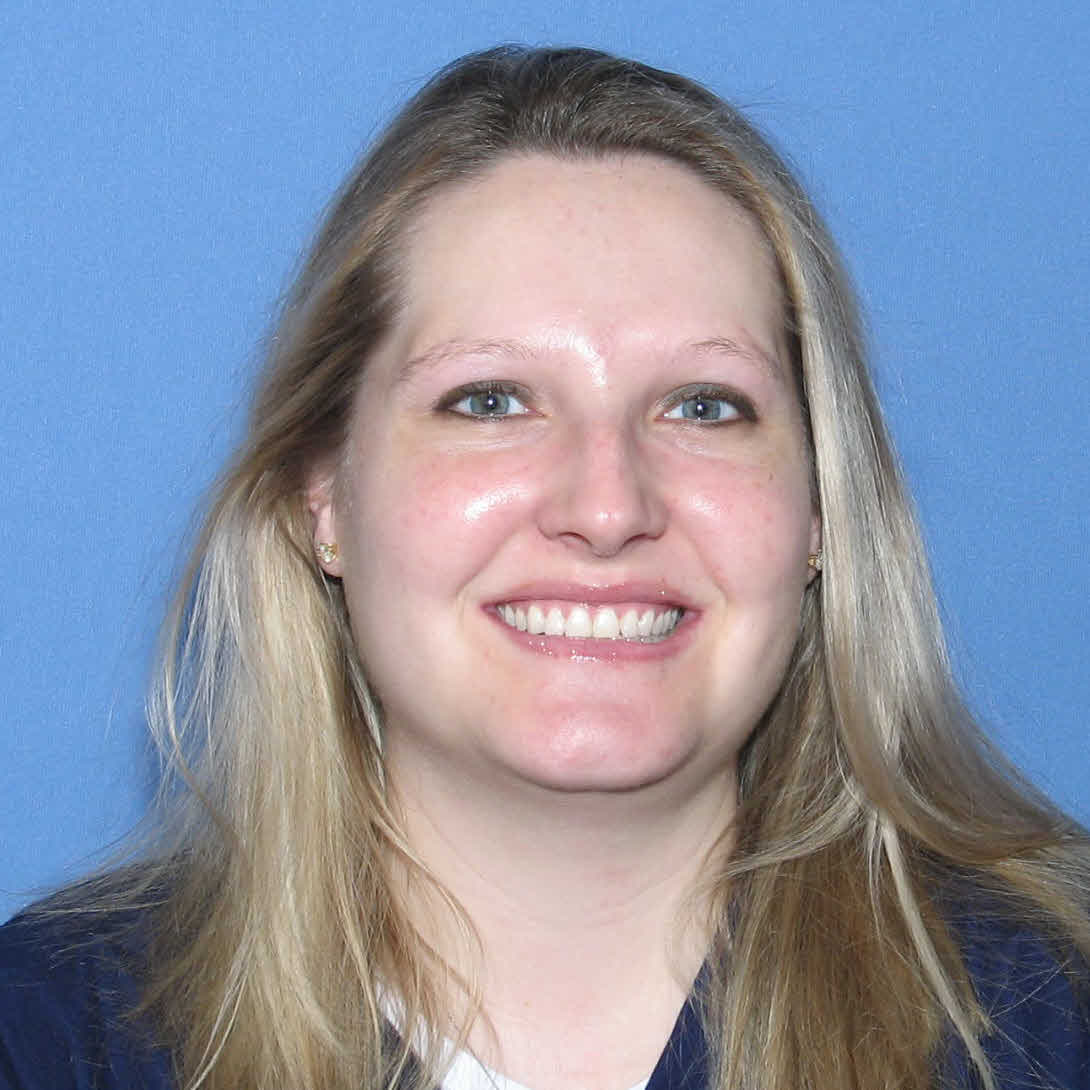
Biography:
Abstract:
Alper Akgürbüz
Gulhane Military Medical Academy, Turkey
Title: Interdisciplinary rehabilitation of missing maxillary lateral incisors

Biography:
Abstract:
Faruk Emir
Gulhane Military Medical Academy, Turkey
Title: Full-mouth rehabilitation of a patient with severe dental wear

Biography:
Abstract:
Klenise Paranhos
New York University School of Dentistry, USA
Title: The novel device to remove the cold welded connection implant restoration

Biography:
Abstract:
Radwa El-Dessouky
Tanta University Faculty of dentistry, Egypt
Title: To Seek a Longer Conservation Method of Tooth
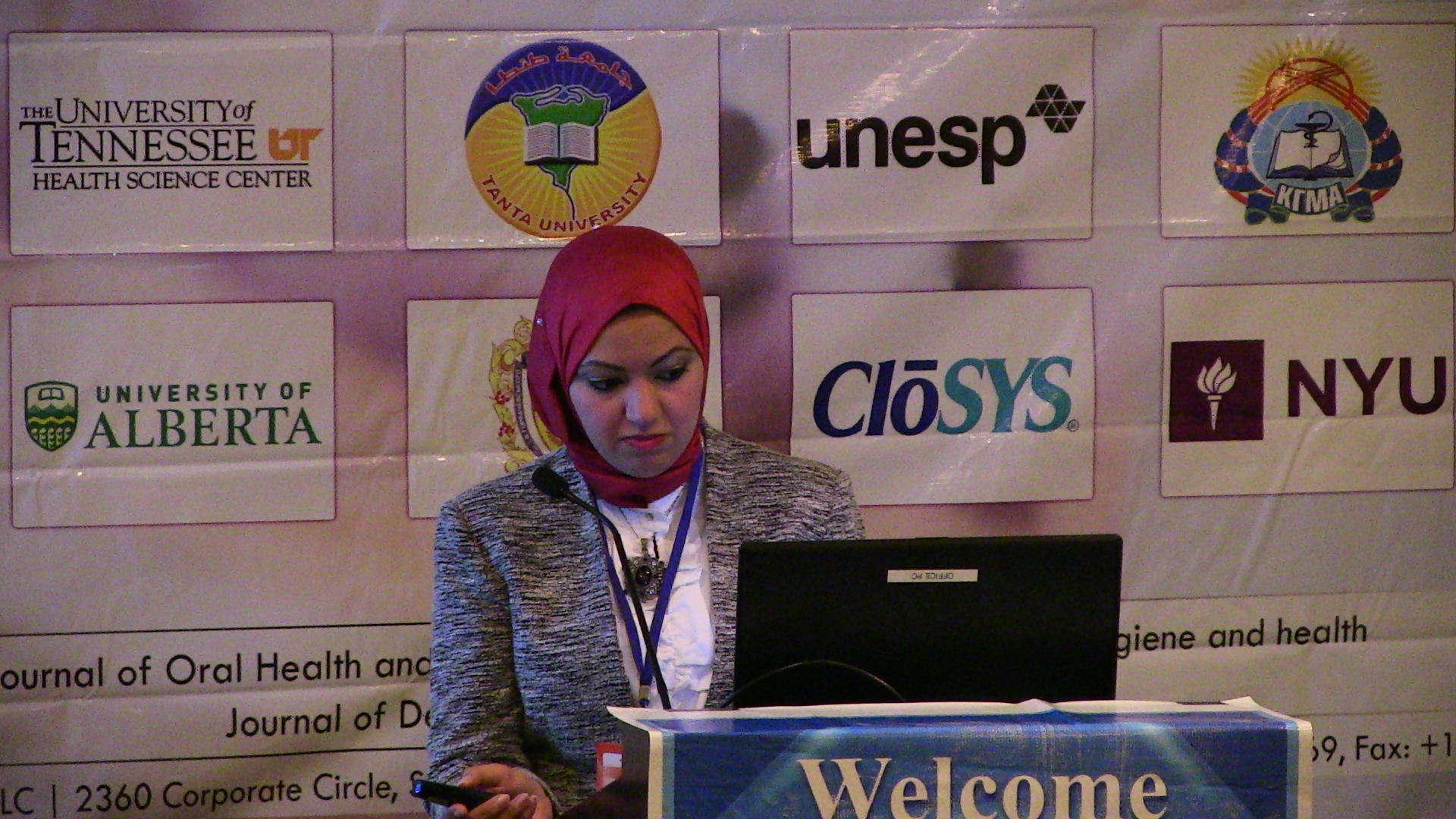
Biography:
Abstract:
Perfect marginal seal is considered the first defense line of crowned tooth against caries, periodontal disease and hypersensitivity. It was an old concept that metallic margins achieve better adaptability than ceramics and hence metal-ceramic restorations were preferred by both dentists and patients in attempt to combine esthetics, strength and adaptability. All-ceramic crowns are popularly encouraged nowadays thanks to their excellent ability to mimic tooth structure in shade and translucency, biocompatibility and durability. Introduction of newer digital processing generations and ceramic sintering techniques together with the evolution of nano ceramics and resin ceramic hybrid materials are promising issues towards all-ceramic restoration with excellent margins. Additionally, certain details during tooth preparation and laboratorial adjustments were found to have a distinct effect on marginal fit of ceramic restorations. This article provides a brief overview about factors affecting marginal adaptation of ceramic restoration giving more focus on the effect of digital systems, nanoceramics and recent sintering techniques on ceramics marginal fit and longevity in the oral cavity.
- Track 9: Dental Implants Track 10: Treatment modalities Track 11: Dental Grafts Track 12: Dental Filling
Session Introduction
Doris Hissako Sumida
Sao Paulo State University, Brazil
Title: Maternal periodontal disease in rats impairs insulin signaling and decreases GLUT4 expression in adult offspring
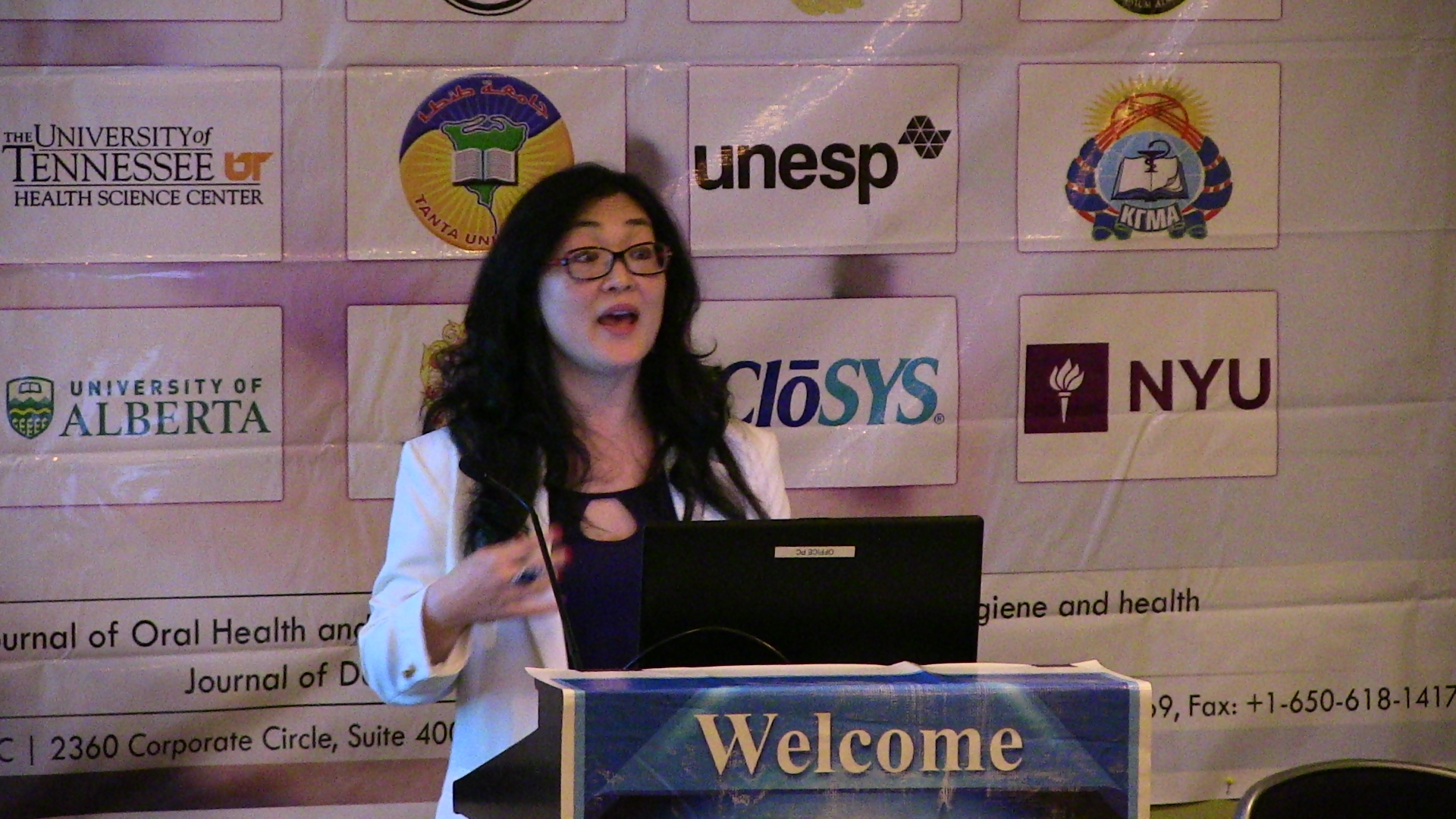
Biography:
Abstract:
William J Maloney
New York University, USA
Title: Considerations in the management and treatment of the Prosthodontic patient who is using illicit drugs
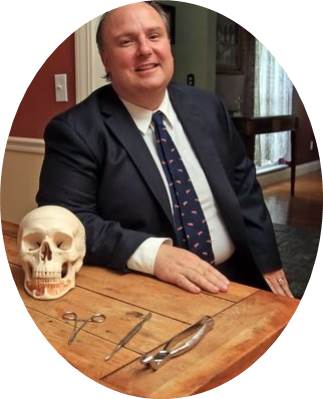
Biography:
Abstract:
Sheila Pestana Passos
University of Alberta, Canada
Title: Performance of zirconium abutments from different implant designs in esthetic areas
Biography:
Abstract:
Khaled Ekram,
Cairo University, Egypt
Title: Applications of digital dentistry in modern dentistry, from virtuality to reality
Biography:
Abstract:
Digital dentistry is now very widely accepted and is already in use in dental practice all over the world. This presentation will demonstrate how this innovation can provide the dentist with useful diagnostic information and additional traetment skills.This concept can integrate and combine a many different specialities together to produce a standardized computer generated surgicaland restorative dental solutions guides for the patients by allowing the operator and general practioners to apply the predetermined treatment plan for different surgical and prosthetic treatments that are difficult or even impossible to obtain by conventional methods. In this presentation, computer guided implant surgery will be discussed in detail from A to Z, starting from the CBCT scanning protocol till the drilling protocol and types of drilling systems. Also in this presentation the types of computer generated surgical stents used for orthognathic surgeries will be highlighted. Also planning for different types of prosthetic restorations can be planned in three-dimensional aspects and also excuted. In addition the translation of the digital smile design can be planned and physically achieved by the aid of many 3rd party softwares. Finally, other applications of digital dentistry will be mentioned briefly.

